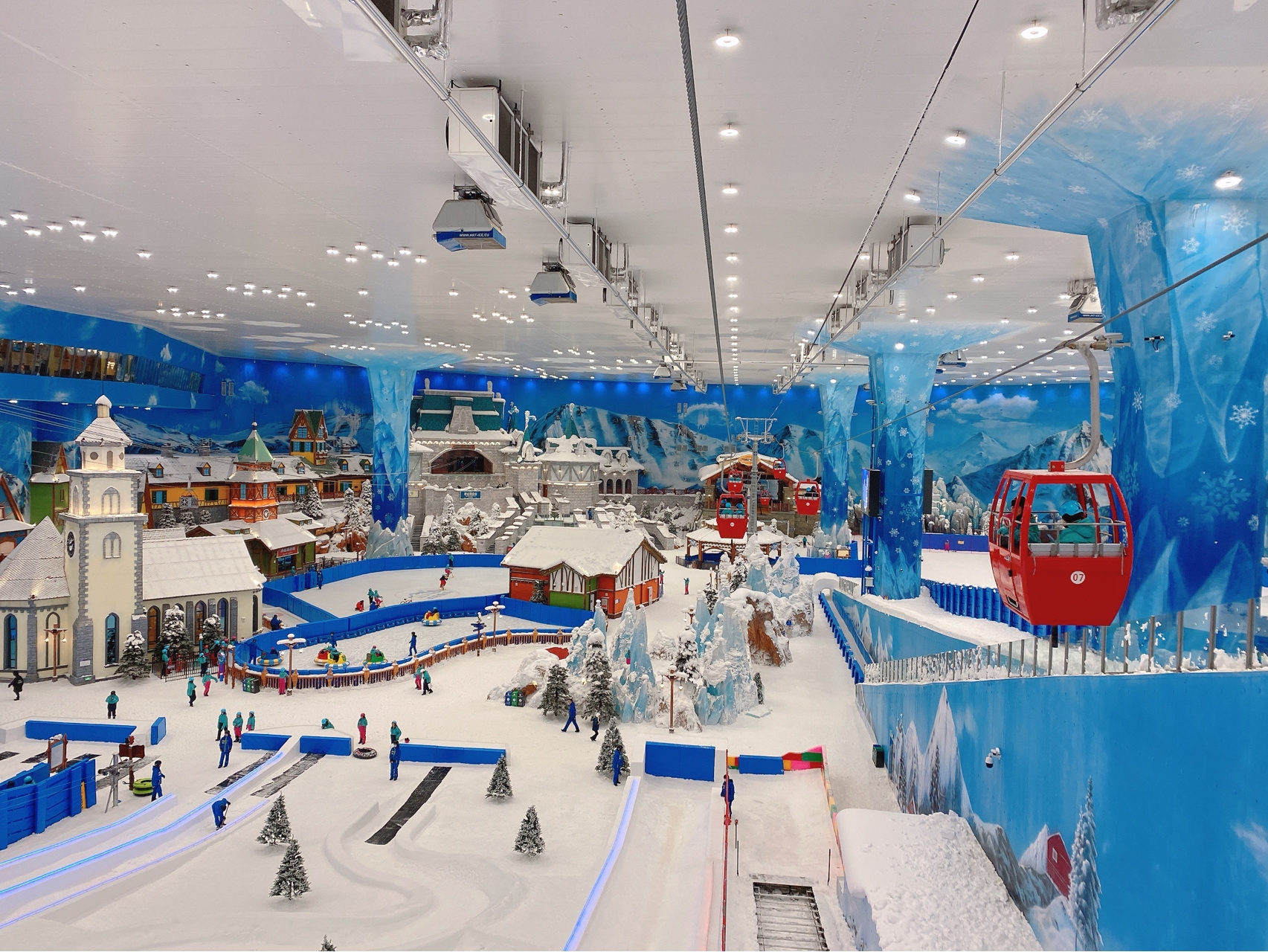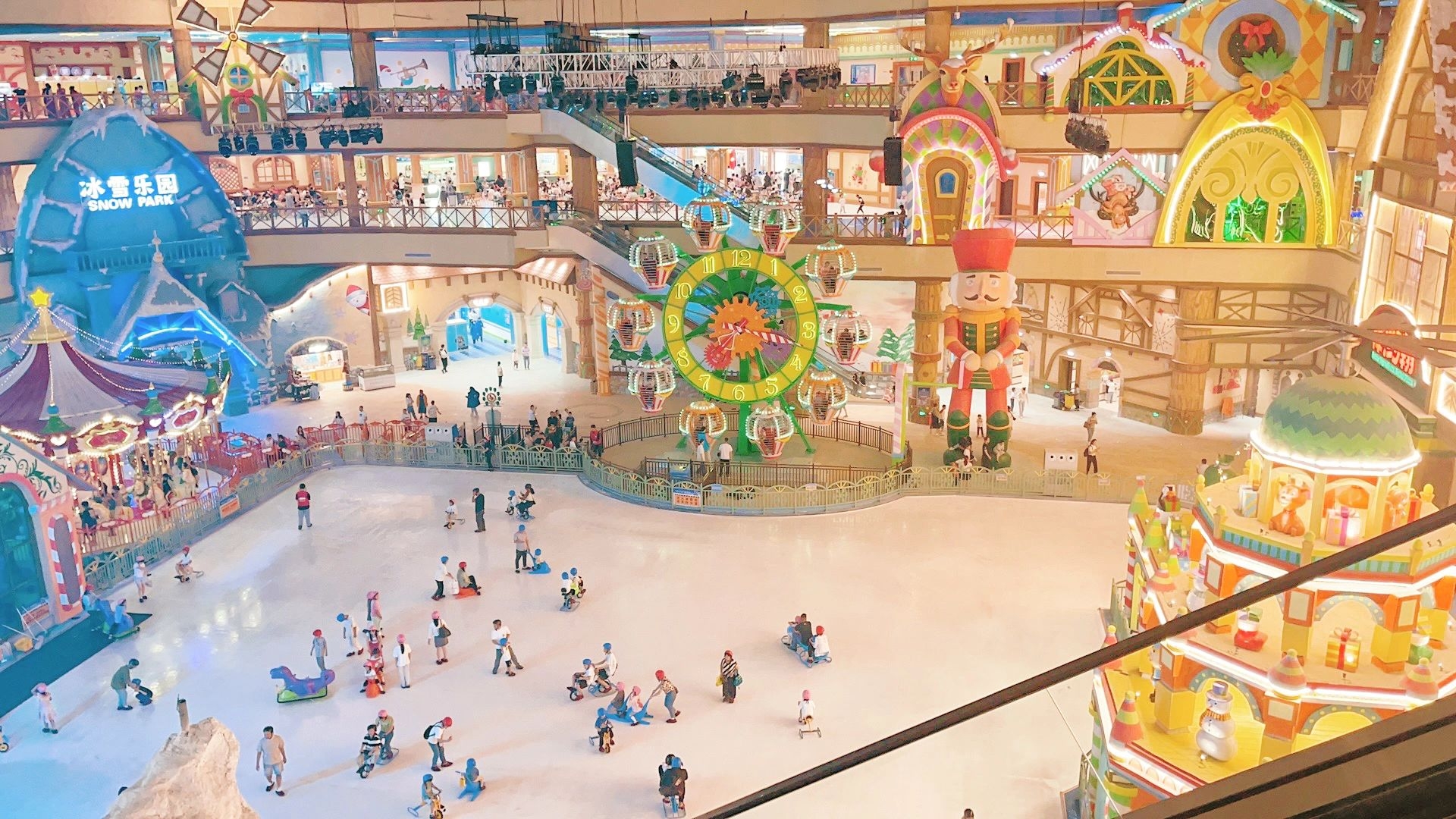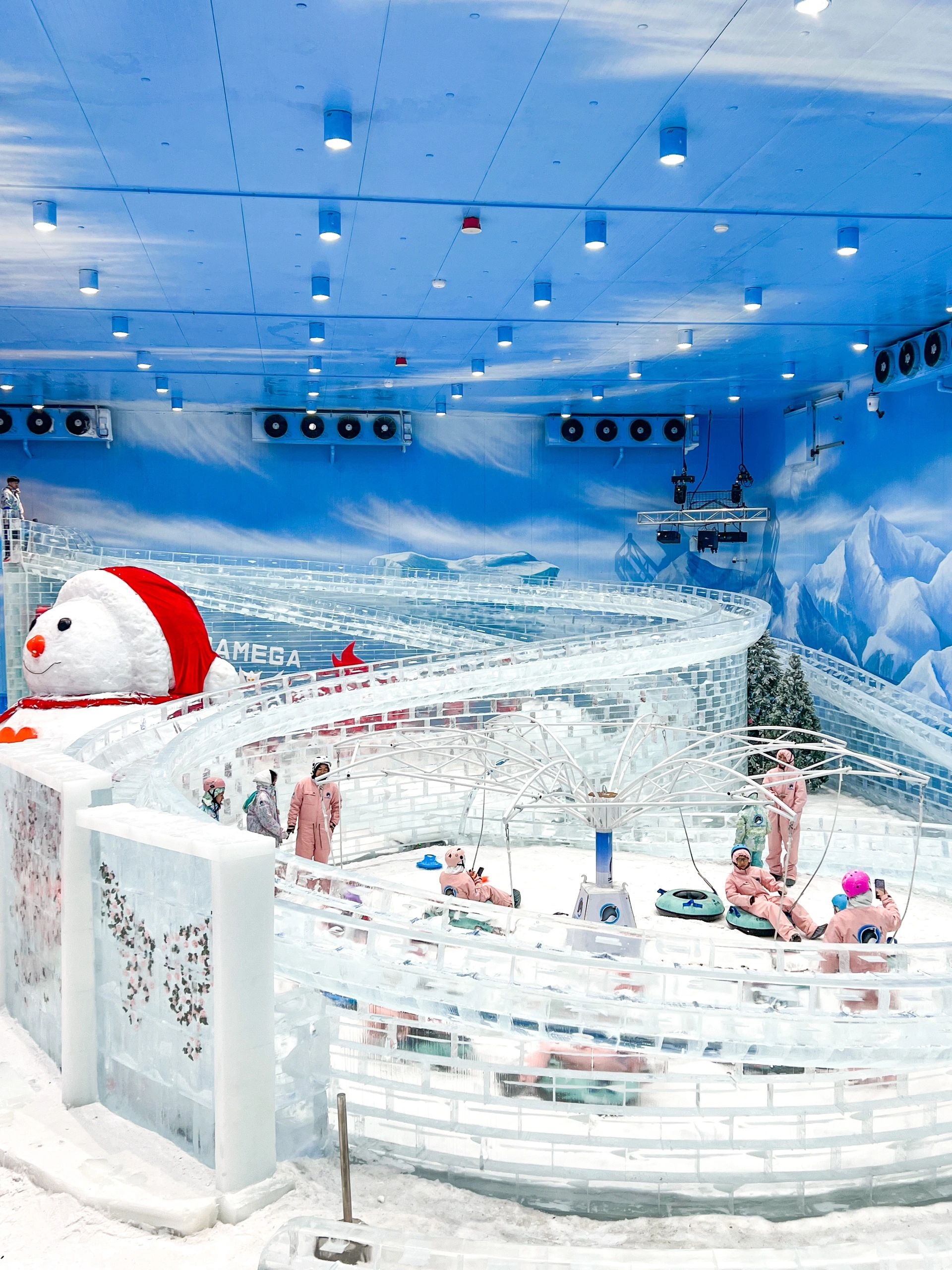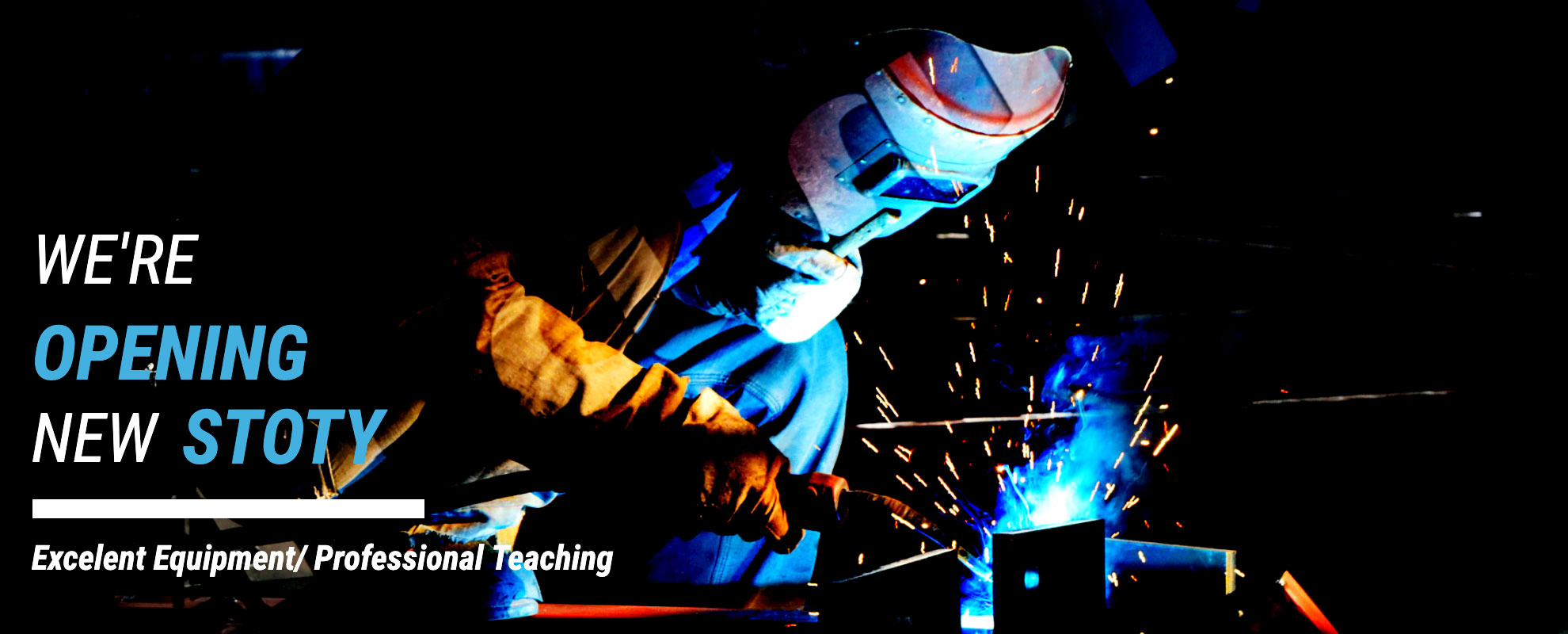When winter arrives, there’s something irresistibly magical about stepping into a world of snow and ice. Indoor snow parks have quickly become a favorite escape in modern cities—offering families, friends, and thrill-seekers a chance to enjoy the charm of winter, no matter the season or location. Whether nestled in northern regions with natural chill or created in southern cities using advanced cooling systems, these indoor winter wonderlands are transforming how people experience snow.
But what does it take to bring one of these icy dreamscapes to life? Let’s explore the essential ingredients behind the creation and success of an indoor snow park—from concept to construction, and beyond.

What Makes Indoor Snow Parks So Popular?
Indoor snow parks attract large crowds by blending sport, entertainment, art, and culture into one immersive destination. Here’s how they do it:
- Snow Sports for Everyone
At the heart of every snow park are the slopes and rinks. Whether you’re new to skiing or a seasoned pro, indoor snow parks offer well-designed trails and ice areas suitable for all skill levels. Many also provide ski lessons, helping newcomers gain confidence and enjoy the thrill of winter sports safely.
- Diverse Snow-Themed Attractions
Indoor snow parks are packed with fun activities beyond skiing and skating. Popular features include:
Snow tubing – fast-paced fun for families
Snowmobiles and mini tanks – adventurous rides through snowy paths
Ice bumper cars – laughter-filled chaos on slippery surfaces
Snow mazes – winding trails carved from snow walls
These experiences make snow parks perfect for group outings, birthdays, and family bonding.
- Art and Culture in Ice
Ice sculpture exhibitions are another highlight—where artists craft intricate works from crystal-clear blocks of ice, often enhanced with dazzling light shows. Some parks also host seasonal festivals inspired by local culture, drawing inspiration from renowned events like Harbin’s Ice and Snow World or Beijing’s Longqing Gorge Ice Lantern Festival.

How Are Indoor Snow Parks Built?
Creating a snow park involves more than piling up artificial snow. It requires careful planning, high-tech systems, and smart design.
- Location Matters
Choosing the right site is crucial. Factors include:
Climate: Cold regions have natural advantages; warm areas rely on indoor climate control.
Accessibility: Proximity to tourist zones or city centers is ideal.
Target audience: Understand local demand—families, students, tourists, or sports enthusiasts.
- Thoughtful Design and Zoning
An effective snow park design divides the space into key zones for function and safety:
Sports area: Ski slopes and skating rinks (various difficulty levels)
Play zone: For snow rides and activities
Service zone: Cafes, rest areas, and changing rooms
Cultural area: Ice art and performance spaces
Efficient layouts help manage crowd flow and enhance the visitor experience.
- High-Tech Construction
Behind every indoor snow park are advanced systems like:
Snowmaking machines: Delivering fresh snow regardless of outside temperatures
Climate control: Maintaining optimal indoor temperatures year-round
Safety infrastructure: Including non-slip flooring, safety barriers, and medical stations
Smart operations: Ticketing, crowd management, and equipment monitoring tools
Beyond Building: How to Keep Visitors Coming Back

Once the snow park is open, keeping the experience fresh and exciting is key to long-term success. Here’s how operators do it:
- Seasonal Events & Themed Experiences
Holiday-themed festivals for Christmas, New Year, and Lunar New Year
Amateur snow sports competitions
Nighttime light shows with immersive visual effects
- Educational & Group Programs
Youth snow sport classes in partnership with schools
Corporate team-building activities in icy environments
- Collaborations & Surrounding Development
Snow parks often thrive as part of larger commercial zones—integrating shopping, dining, and entertainment for a complete day out.

The Future of Indoor Snow Parks
As technology advances and visitor expectations grow, indoor snow parks are evolving in exciting ways:
Open all year: Thanks to temperature regulation, snow parks no longer depend on the seasons.
VR-enhanced experiences: Virtual reality adds thrilling, immersive elements like alpine racing or polar expeditions.
Eco-conscious operations: New energy-saving tech ensures a more sustainable snow park model.
Indoor snow parks are more than just winter-themed attractions—they’re immersive experiences that blend recreation, innovation, and imagination. From blueprint to grand opening, every detail plays a role in delivering joy to visitors. And as the industry continues to innovate, these magical spaces will only become more dynamic, interactive, and unforgettable.

